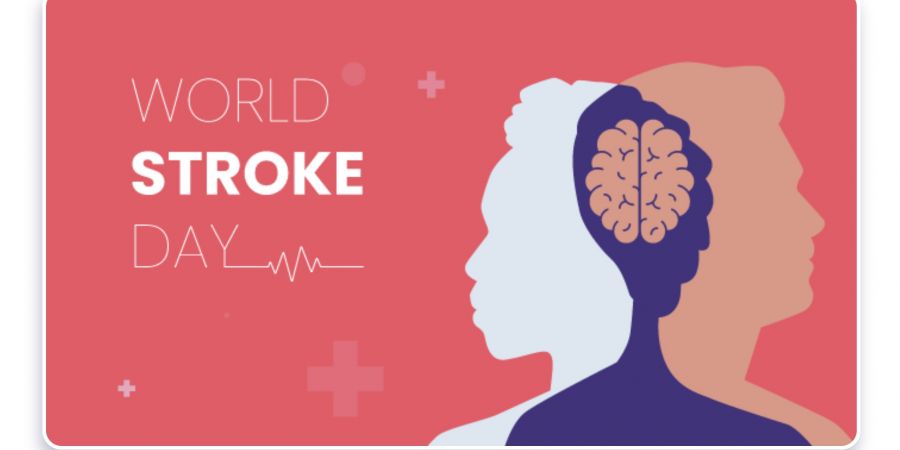

Strokes can sometimes be silent and more dangerous due to relaxed muscles, such as excess drooping of the face. We learn what a silent stroke is on World Stroke Day, as well as how to identify its symptoms.
Strokes occur when a blood clot blocks an artery in the brain. Brain cells die when blood and oxygen aren't able to reach the area because of the blockage.
It's common for stroke symptoms to include excess drop of the face as a result of relaxed muscles, but there are also silent stroke symptoms. Thus, strokes can occur without anyone knowing about them, which can have far more damaging effects.
A clot can cause symptoms like weakness in an arm or leg or even difficulty speaking or seeing, depending on its location, according to Harvard Health. Occasionally, the damage to the brain occurs in a small area not associated with any vital functions, so the stroke goes undetected.
Symptoms of a silent stroke
There is often more damage to the brain and body when a stroke is not immediately apparent or follows a lesser-known or less obvious symptom pattern. Those who do not know they have had a stroke may leave their bodies untreated for stroke prevention.Unlike the symptoms of a heart attack where there are obvious signs of pain and discomfort, a silent stroke may include:
Are silent strokes preventable?
The Mayo Clinic states that spotting silent strokes is difficult, but restoring brain areas affected by them is even more difficult. In order to prevent strokes, you should do the following:
Keeping your blood pressure under control is important since high blood pressure increases your risk of silent stroke.
A regular exercise regimen can reduce the risk of having a stroke by up to 40%, according to doctors. Daily exercises of high to moderate intensity should be performed for at least 30-45 minutes.
Increasing your salt intake can increase your chances of having a heart attack or stroke, according to the American Stroke Association. Therefore, reducing sodium intake is imperative.
Management of weight: Obesity and obesity are associated with increased stroke risk. Keep your body mass index between 18.5 and 24.9 to maintain a healthy weight.
Keeping cholesterol levels low will reduce the risk of a stroke. Ideally, your good cholesterol should be at least 60 mg/dL, according to health experts. There should be less than 100 milligrams per deciliter of LDL (bad) cholesterol in your blood.
Reduce the risk of stroke by quitting smoking.
You can maintain good heart health by eating fresh and seasonal fruits and vegetables, whole grains, and meats.
Unless otherwise stated, all tips and suggestions in this article are for general informational purposes only. Whenever you change your diet or start a fitness program, you should consult your doctor first.










